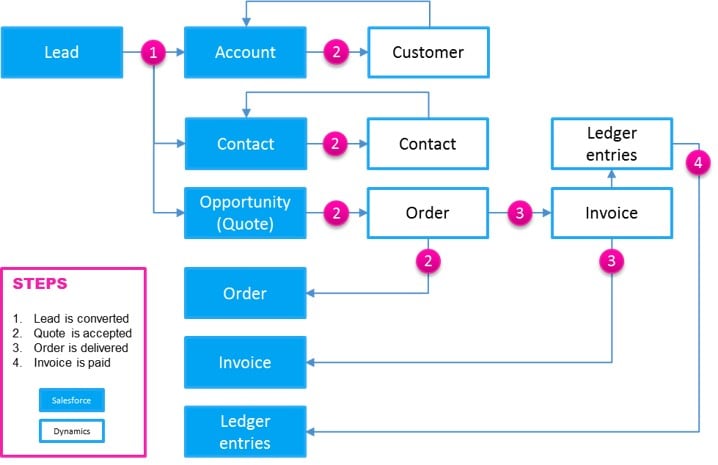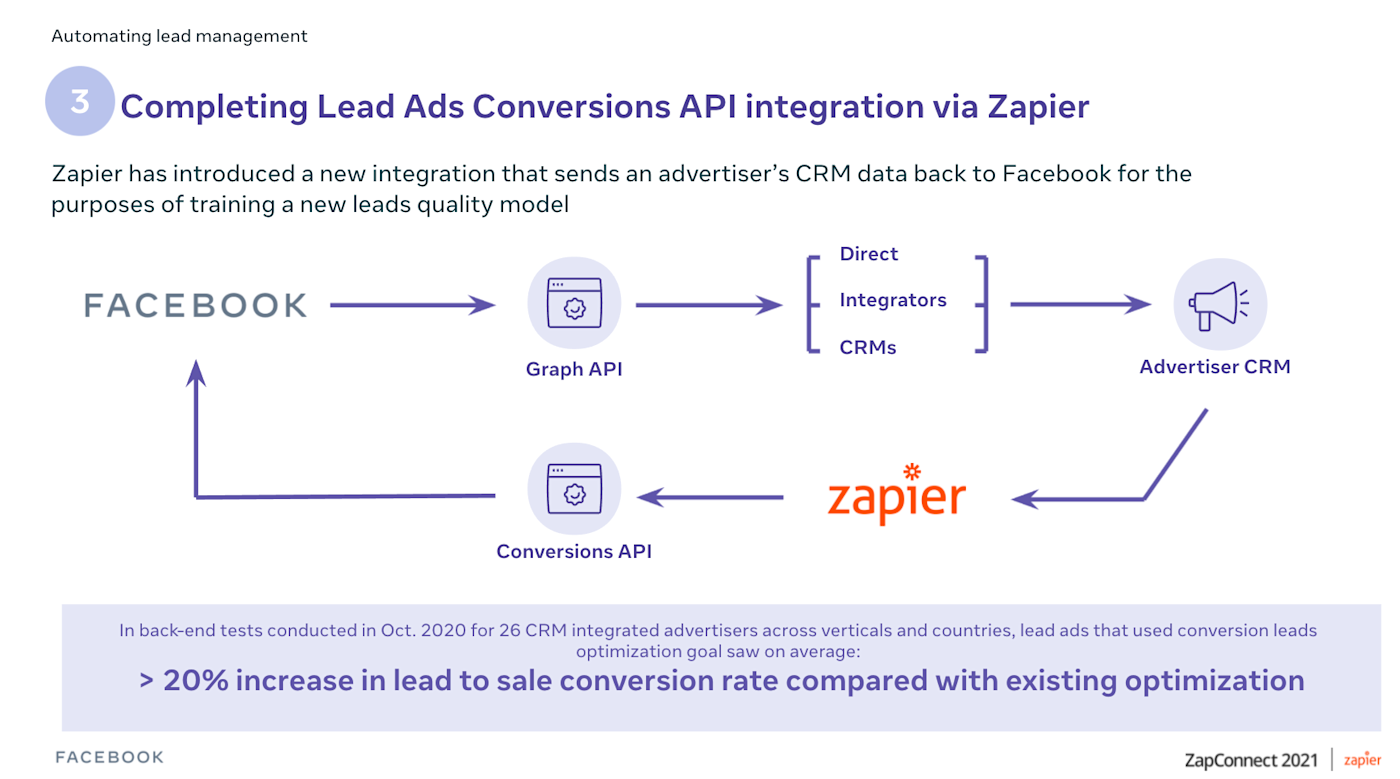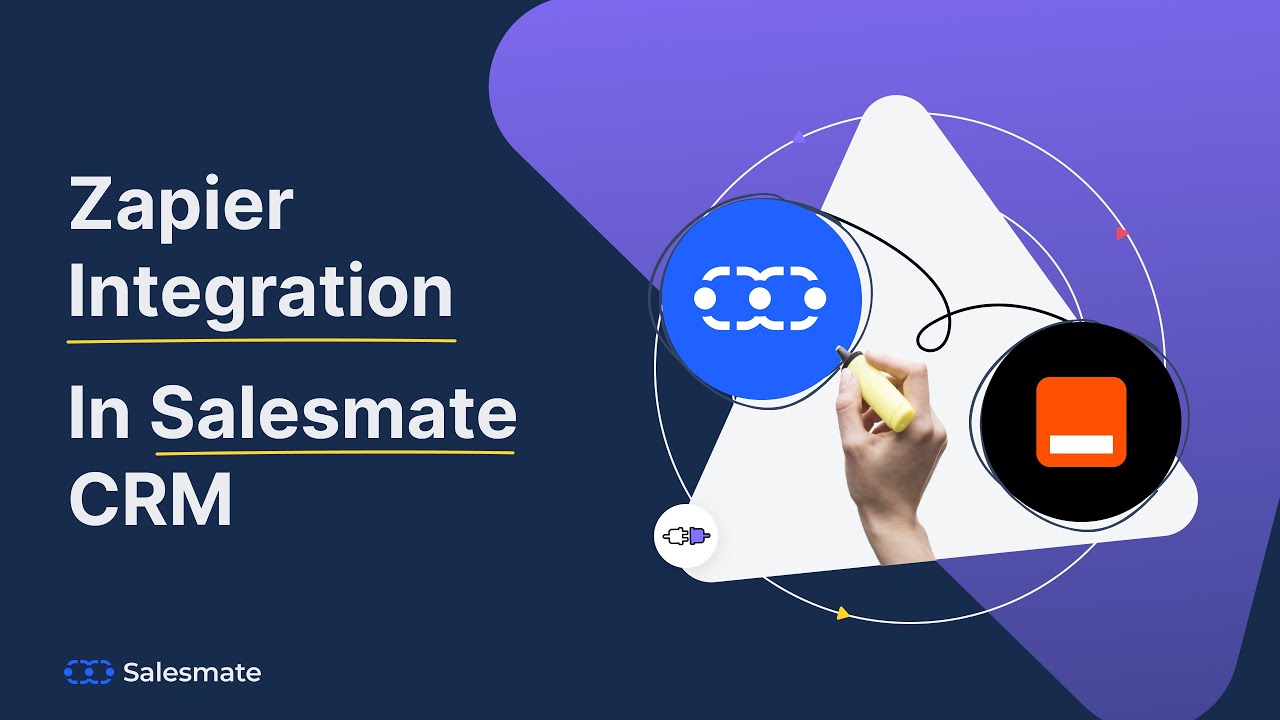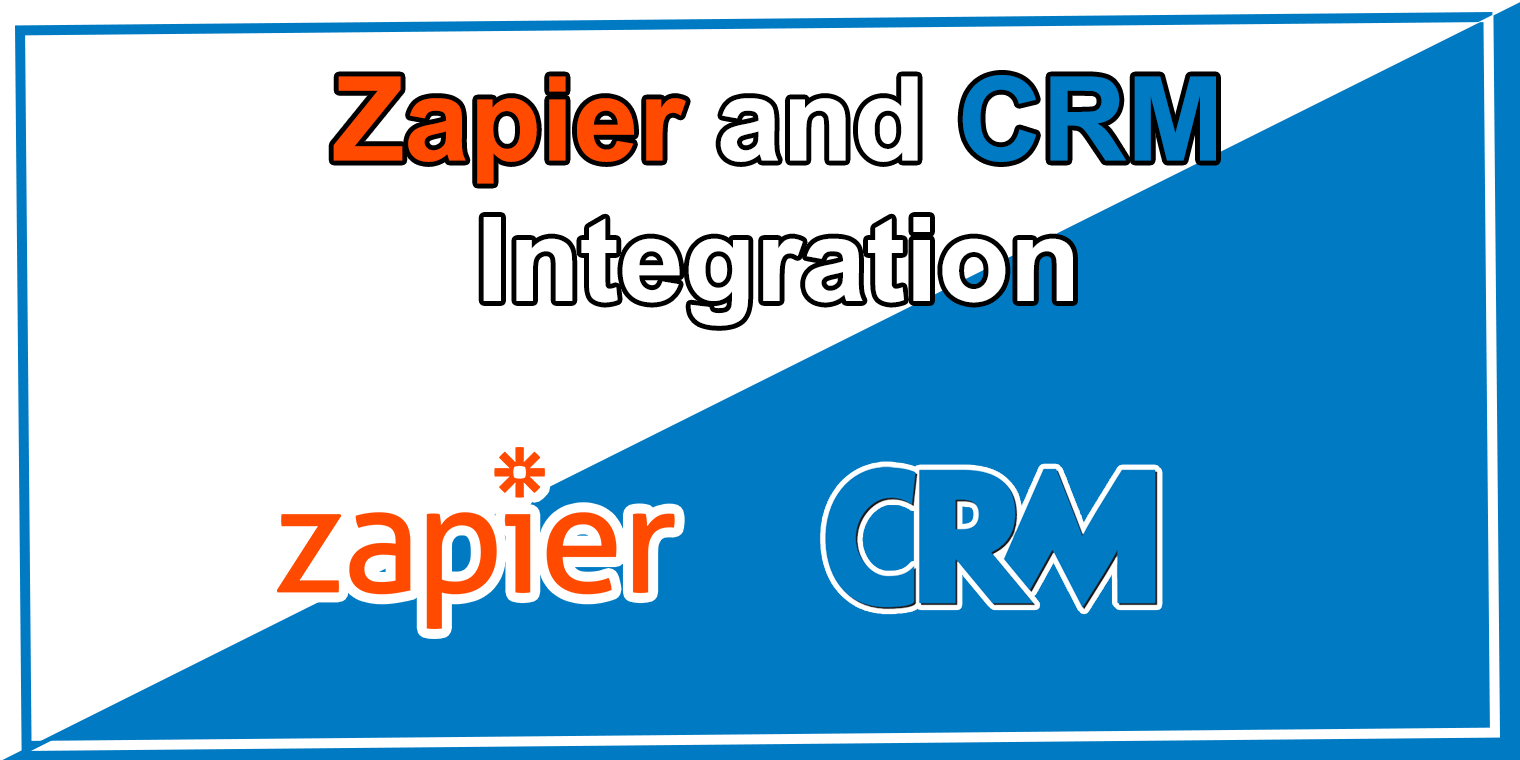
Seamless Symphony: Mastering CRM Integration with Flow for Unprecedented Efficiency
In today’s fast-paced business environment, efficiency is the name of the game. Companies are constantly seeking ways to streamline their operations, reduce manual tasks, and improve overall productivity. One of the most powerful strategies for achieving these goals is through the strategic integration of Customer Relationship Management (CRM) systems with workflow automation platforms, often referred to as ‘Flow’ or similar tools. This article dives deep into the world of CRM integration with Flow, exploring its benefits, implementation strategies, and real-world examples to help you unlock unparalleled efficiency within your organization.
Understanding the Core Components: CRM and Flow
Before we delve into the integration process, let’s clarify the roles of each key player: CRM and Flow.
Customer Relationship Management (CRM)
A CRM system is a software solution designed to manage and analyze customer interactions and data throughout the customer lifecycle. It serves as a central hub for all customer-related information, including contact details, purchase history, communication logs, and more. The primary goals of a CRM are to:
- Enhance customer relationships
- Improve customer retention
- Drive sales growth
- Provide better customer service
- Gain insights into customer behavior
Popular CRM platforms include Salesforce, HubSpot, Zoho CRM, Microsoft Dynamics 365, and Pipedrive, each offering a range of features and functionalities to cater to diverse business needs.
Workflow Automation (Flow)
Workflow automation platforms, often referred to as ‘Flow’ or ‘workflow automation tools,’ are designed to streamline and automate repetitive tasks and processes. They enable users to create automated workflows that trigger actions based on specific events or conditions. This can include anything from sending automated emails to updating records in a database. The key benefits of using a Flow platform are:
- Reduced manual effort
- Improved accuracy
- Faster turnaround times
- Increased productivity
- Better resource allocation
Examples of Flow platforms include Zapier, Microsoft Power Automate, Integromat (now Make), and UiPath. These platforms often offer a wide range of pre-built integrations with popular applications, making it easier to connect different systems and automate workflows.
The Power of Integration: CRM and Flow Working Together
The true magic happens when you integrate your CRM system with a Flow platform. This integration creates a powerful synergy that automates tasks, eliminates manual data entry, and streamlines workflows, leading to significant improvements in efficiency and productivity. Here’s how the integration works and the benefits it brings:
Automated Data Synchronization
One of the most significant advantages of CRM and Flow integration is automated data synchronization. This means that when data is updated in one system, it is automatically reflected in the other. For example:
- When a new lead is created in your CRM, a workflow can automatically create a corresponding contact record in your marketing automation platform.
- When a deal is closed in your CRM, a workflow can automatically trigger the creation of a new project in your project management software.
- When a customer updates their contact information in your CRM, a workflow can automatically update the information in your email marketing platform.
This eliminates the need for manual data entry, reduces the risk of errors, and ensures that all systems have the most up-to-date information.
Automated Task Management
CRM and Flow integration can also automate various task management processes. For instance:
- When a new support ticket is created in your CRM, a workflow can automatically assign the ticket to the appropriate support agent and send an automated notification.
- When a sales opportunity reaches a certain stage in your CRM, a workflow can automatically trigger the sending of a follow-up email or the scheduling of a meeting.
- When a customer’s contract is about to expire, a workflow can automatically generate a renewal reminder and notify the sales team.
This helps to streamline workflows, ensure that tasks are completed on time, and improve overall efficiency.
Improved Customer Experience
By automating tasks and streamlining workflows, CRM and Flow integration can also improve the customer experience. For example:
- Automated email responses can provide customers with immediate answers to their questions.
- Automated follow-up emails can keep customers informed about the status of their requests.
- Automated workflows can ensure that customers receive the right information at the right time.
This helps to create a more seamless and personalized customer experience, which can lead to increased customer satisfaction and loyalty.
Implementing CRM Integration with Flow: A Step-by-Step Guide
Implementing CRM integration with Flow can seem daunting, but the process can be broken down into manageable steps. Here’s a comprehensive guide to help you get started:
1. Define Your Goals and Objectives
Before you start integrating your CRM and Flow platforms, it’s crucial to define your goals and objectives. What do you want to achieve with the integration? What specific tasks and processes do you want to automate? Clearly defining your goals will help you identify the right workflows and integrations to implement.
2. Choose the Right Platforms
If you haven’t already, choose the CRM and Flow platforms that best meet your business needs. Consider factors such as features, pricing, ease of use, and available integrations. Make sure that the platforms you choose are compatible with each other and offer the integrations you need.
3. Identify Integration Points
Determine which data and processes you want to integrate between your CRM and Flow platforms. This could include data synchronization, automated task management, or other workflows. Make a list of all the data fields and processes that need to be integrated.
4. Select an Integration Method
There are several ways to integrate your CRM and Flow platforms:
- Native Integrations: Some CRM and Flow platforms offer native integrations, which are pre-built integrations that are easy to set up and use.
- Third-Party Integration Platforms: Platforms like Zapier, Microsoft Power Automate, and Integromat (Make) provide a wide range of integrations between different applications.
- Custom Integrations: If you have specific integration requirements that are not met by native or third-party integrations, you may need to develop a custom integration using APIs.
Choose the integration method that best fits your needs and technical capabilities.
5. Set Up the Integration
Follow the instructions provided by your CRM and Flow platforms to set up the integration. This typically involves connecting your accounts, mapping data fields, and configuring workflows. Test the integration thoroughly to ensure that it is working correctly.
6. Test and Refine
After setting up the integration, test it thoroughly to ensure that it is working as expected. Monitor the integration regularly to identify any issues or errors. Refine the integration as needed to optimize performance and address any problems.
7. Document Your Workflows
Create detailed documentation of your workflows, including the steps involved, the data fields used, and the triggers and actions. This documentation will be helpful for troubleshooting issues, training new users, and making future updates to the integration.
Real-World Examples of CRM Integration with Flow
Let’s explore some real-world examples of how businesses are leveraging CRM integration with Flow to boost their productivity and improve their bottom line:
Example 1: Lead Qualification and Assignment
A sales team uses a CRM (e.g., Salesforce) to manage leads. When a new lead is captured through a website form or other sources, a Flow platform (e.g., Zapier) automatically:
- Qualifies the lead based on predefined criteria (e.g., industry, company size).
- Assigns the lead to the appropriate sales representative based on territory or expertise.
- Sends an automated email to the sales rep with lead details.
- Updates the lead status in the CRM.
This automation ensures that leads are quickly qualified, assigned to the right rep, and followed up on promptly, resulting in faster sales cycles and increased conversion rates.
Example 2: Automated Onboarding Process
A SaaS company uses a CRM (e.g., HubSpot) to manage customer onboarding. When a new customer signs up, a Flow platform (e.g., Microsoft Power Automate) automatically:
- Creates a new user account in the company’s application.
- Sends a welcome email with login credentials and onboarding instructions.
- Adds the customer to a specific email sequence for onboarding.
- Creates a support ticket if the customer has any issues.
This automated process streamlines onboarding, reduces manual effort, and ensures that new customers have a positive experience.
Example 3: Sales Opportunity Management
A company uses a CRM (e.g., Zoho CRM) to manage sales opportunities. When a sales opportunity reaches a specific stage (e.g., proposal sent), a Flow platform (e.g., Integromat) automatically:
- Sends an automated email to the customer to follow up on the proposal.
- Creates a task for the sales rep to follow up with the customer.
- Updates the opportunity stage in the CRM.
This automation helps sales reps stay on top of their opportunities, improves follow-up rates, and increases the likelihood of closing deals.
Example 4: Customer Support Ticket Management
A company utilizes a CRM (e.g., Zendesk) and a Flow platform (e.g., Zapier) to manage customer support tickets. When a new ticket is created, the Flow platform automatically:
- Checks the CRM to identify the customer.
- Updates the customer’s record with the new ticket information.
- Assigns the ticket to the appropriate support agent based on the issue type.
- Sends an automated email to the customer acknowledging receipt of the ticket.
This integration ensures that customer support tickets are routed efficiently, and customer information is readily available to support agents, leading to faster resolution times and improved customer satisfaction.
Example 5: Marketing Campaign Automation
Businesses use a CRM (e.g., Salesforce) and Flow platform (e.g., HubSpot) to manage marketing campaigns. When a lead interacts with a marketing campaign (e.g., clicks on a link in an email), the Flow platform automatically:
- Updates the lead’s profile in the CRM with information about the interaction.
- Triggers a specific email sequence based on the lead’s behavior.
- Adds the lead to a relevant list or segment for future marketing efforts.
This automation allows for personalized and targeted marketing efforts, increasing engagement and conversion rates.
Choosing the Right Integration Platform
Selecting the right integration platform is crucial for the success of your CRM and Flow integration. Here’s a comparison of some of the leading options:
Zapier
Zapier is a popular and user-friendly integration platform that connects thousands of apps. It offers a wide range of pre-built integrations, making it easy to create automated workflows. Zapier is a great choice for businesses of all sizes, especially those who want a simple and intuitive platform.
- Pros: Easy to use, extensive app library, affordable pricing plans.
- Cons: Can become expensive for complex workflows, limited advanced features.
Microsoft Power Automate
Microsoft Power Automate (formerly Microsoft Flow) is a powerful workflow automation platform that is integrated with Microsoft products. It offers a wide range of connectors and features, making it a great choice for businesses that use Microsoft products. It is particularly well-suited for integrating with Dynamics 365.
- Pros: Deep integration with Microsoft products, powerful features, good value for Microsoft users.
- Cons: Can be less intuitive for non-Microsoft users, some limitations with non-Microsoft integrations.
Integromat (Make)
Integromat (now called Make) is a visual workflow automation platform that offers a flexible and powerful way to connect apps. It allows you to create complex workflows with multiple steps and conditions. Integromat is a good choice for businesses that need advanced automation capabilities.
- Pros: Powerful visual interface, flexible workflows, advanced features.
- Cons: Can be more complex to learn, pricing can be higher for complex workflows.
UiPath
UiPath is a leading robotic process automation (RPA) platform that offers advanced automation capabilities. It is a good choice for businesses that want to automate complex processes that involve multiple systems and data sources.
- Pros: Powerful RPA capabilities, advanced features, enterprise-grade platform.
- Cons: Can be complex to implement, higher pricing.
The best platform for you will depend on your specific needs, budget, and technical expertise. Consider factors such as the number of apps you need to integrate, the complexity of your workflows, and your budget when making your decision.
Troubleshooting Common Integration Issues
Even with the best planning, you might encounter some issues during the integration process. Here are some common problems and how to address them:
Data Mapping Errors
One of the most common issues is data mapping errors, where data fields are not correctly mapped between the CRM and Flow platforms. This can lead to incorrect data being transferred or data not being transferred at all. To resolve this:
- Carefully review the data mapping configuration in your integration platform.
- Ensure that the data fields in your CRM and Flow platforms are compatible.
- Test the integration thoroughly to identify any data mapping errors.
Trigger and Action Failures
Sometimes, triggers (events that start a workflow) or actions (steps that are performed in a workflow) may fail. This can be caused by various factors, such as incorrect configuration, API errors, or platform outages. To troubleshoot:
- Check the integration platform’s logs for error messages.
- Verify that the triggers and actions are configured correctly.
- Ensure that the API keys and credentials are valid.
- Contact the support teams of your CRM and Flow platforms if necessary.
Performance Issues
If you have a large number of workflows or complex integrations, you may experience performance issues, such as slow processing times or delays. To improve performance:
- Optimize your workflows by simplifying them and reducing the number of steps.
- Consider using filters to limit the amount of data that is processed.
- Monitor the performance of your integration regularly.
- Contact the support teams of your CRM and Flow platforms if necessary.
API Rate Limits
CRM and Flow platforms often have API rate limits, which restrict the number of requests that can be made in a certain period. If you exceed these limits, your integration may be temporarily disabled. To avoid exceeding API rate limits:
- Monitor the number of API requests that are being made.
- Optimize your workflows to reduce the number of API requests.
- Consider using batch processing to combine multiple requests into a single request.
- Contact the support teams of your CRM and Flow platforms if necessary.
The Future of CRM Integration with Flow
The integration of CRM systems with workflow automation platforms is an evolving field. As technology advances, we can expect to see even more sophisticated integrations and automation capabilities. Here are some trends to watch:
Artificial Intelligence (AI) and Machine Learning (ML)
AI and ML are being integrated into CRM and Flow platforms to automate more complex tasks, such as lead scoring, customer segmentation, and predictive analytics. This will enable businesses to make smarter decisions and improve their overall efficiency.
No-Code/Low-Code Automation
No-code/low-code platforms are making it easier for non-technical users to create and manage automated workflows. This will empower more businesses to leverage the power of CRM and Flow integration without requiring specialized coding skills.
Hyper-Personalization
Businesses are using CRM and Flow integration to personalize customer experiences at scale. This includes personalized email campaigns, targeted content, and tailored product recommendations. This level of personalization leads to increased customer engagement and loyalty.
Integration of More Systems
We can expect to see more integrations between CRM and Flow platforms and other business systems, such as ERP, marketing automation, and e-commerce platforms. This will create a more seamless and integrated business ecosystem.
Conclusion: Embrace the Symphony of Efficiency
CRM integration with Flow is a powerful strategy for streamlining operations, improving productivity, and enhancing the customer experience. By automating tasks, eliminating manual data entry, and creating seamless workflows, businesses can unlock unprecedented efficiency and achieve their goals more effectively. By following the implementation steps outlined in this guide and staying informed about the latest trends, you can harness the power of CRM and Flow integration to transform your business and achieve a harmonious symphony of efficiency.
Don’t wait. Start exploring the possibilities of CRM integration with Flow today and watch your business thrive. The future of work is automated, efficient, and customer-centric. Embrace it, and you’ll be well on your way to success.


